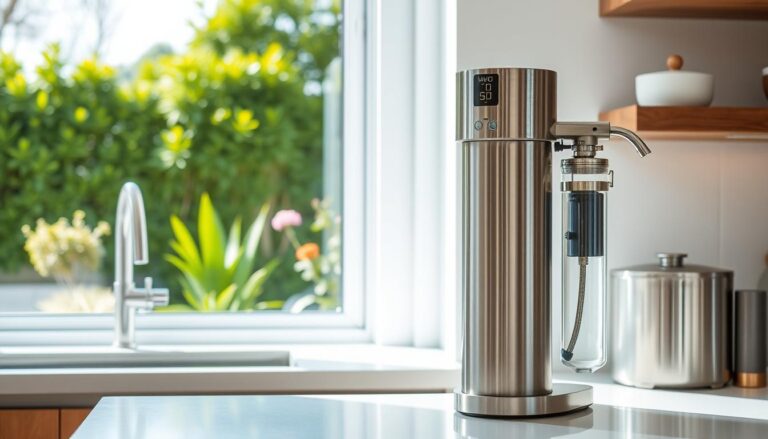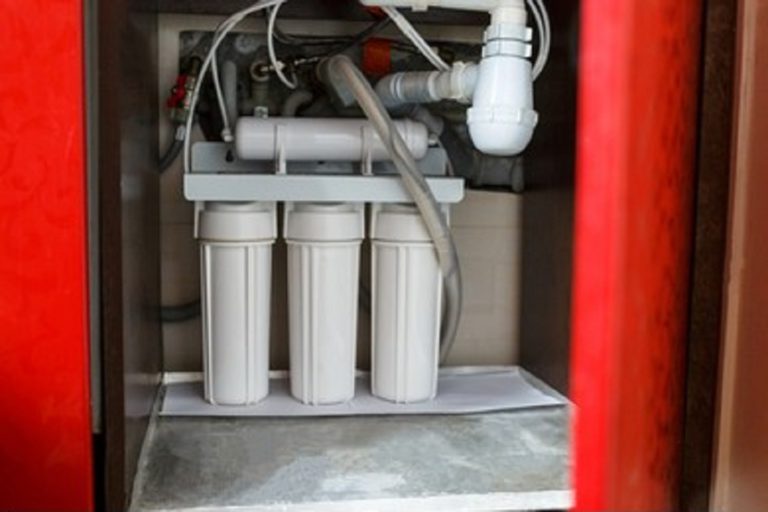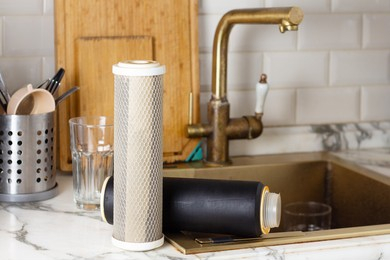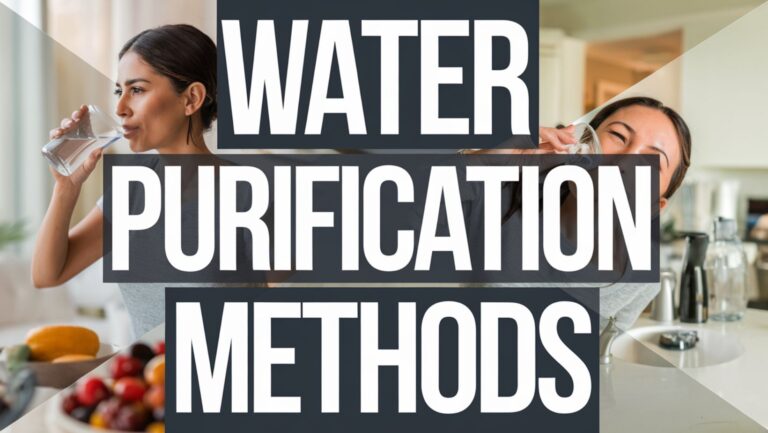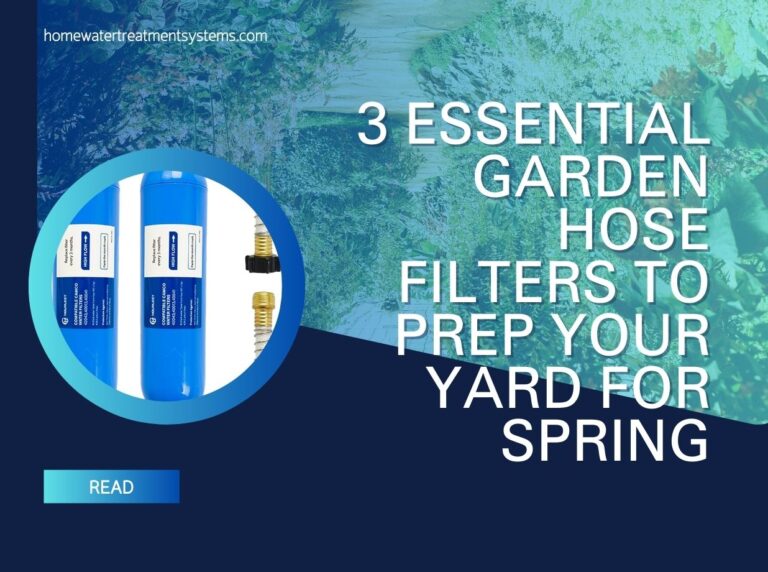Ultimate Guide to Outdoor Water Filters: Stay Hydrated
Imagine quenching your thirst with crystal-clear water, whether you’re navigating the great outdoors, trekking through dense forests, or embarking on a remote camping trip. The right outdoor water filter system can transform murky streams into refreshing hydration, giving you peace of mind and the freedom to explore. In our Ultimate Guide to Outdoor Water Filter Systems, you’ll discover everything you need to know to stay hydrated anywhere life takes you. From understanding various filtration technologies to selecting the ideal system for your adventures, we’ll break down the options that suit every explorer’s needs. Don’t let water quality hold you back—equip yourself with the knowledge to make informed choices and enjoy the wilderness to its fullest. Dive deeper into the world of outdoor water filters, and unlock a world of adventure, comfort, and safety. Your journey to pure hydration starts here!
Importance of Clean Water for Outdoor Activities

Clean water is quintessential for every outdoor enthusiast. Whether you are hiking through challenging terrains, camping in the wilderness, or engaging in any other outdoor activity, access to safe drinking water is paramount. Dehydration can severely impair your physical performance and cognitive function, turning an exciting adventure into a risky ordeal. Not only does clean water keep you hydrated, but it also prevents the ingestion of harmful pathogens that can cause serious illnesses. Ensuring you have a reliable source of potable water allows you to focus on enjoying your adventure while maintaining optimal health.
Moreover, natural water sources like rivers, lakes, and streams, while seemingly pristine, can harbor a multitude of contaminants. From bacteria and viruses to parasites and chemical pollutants, these invisible threats can lead to gastrointestinal infections and other health issues. Outdoor water filter systems play a crucial role in mitigating these risks, providing a dependable means to purify water and safeguard your well-being. Understanding the importance of clean water in the great outdoors cannot be overstated—it is a fundamental element of a successful and enjoyable trip.
The availability of clean water also impacts your environmental footprint. By relying on outdoor water filters instead of carrying bottled water, you reduce plastic waste and lessen the burden on natural resources. This eco-friendly approach not only benefits the environment but also lightens your load, making it easier to carry essential gear. Embracing outdoor water filtration systems is a step towards sustainable and responsible adventuring, ensuring that you leave no trace and preserve the beauty of nature for future generations.
Types of Outdoor Water Filter Systems
The market offers a diverse range of outdoor water filter systems, each designed to cater to different needs and preferences. Understanding the various types can help you make an informed decision suited to your specific activities. The primary categories include pump filters, gravity filters, straw filters, and bottle filters, each with its unique advantages and limitations.
Pump filters are ideal for individuals who prioritize quick and reliable water purification. These systems use a manual pump mechanism to force water through a filter, effectively removing contaminants. Pump filters are efficient and versatile, making them suitable for a variety of outdoor scenarios. However, they can be bulkier and require physical effort, which might be a consideration for some users.
Gravity filters, on the other hand, utilize the natural force of gravity to purify water. These systems are typically composed of a reservoir that holds the contaminated water and a filter that processes the water as it flows downward. Gravity filters are excellent for group camping or extended stays in one location, as they can filter large volumes of water with minimal intervention. They are slower compared to pump filters but offer convenience and ease of use.
Straw filters and bottle filters are designed for individual use and are perfect for on-the-go hydration. Straw filters allow you to drink directly from a water source, such as a stream or lake, making them lightweight and portable. Bottle filters integrate the filtration system within a water bottle, enabling you to fill up and drink purified water wherever you are. Both options are highly portable and user-friendly, though they may not be suitable for filtering large quantities of water at once.
How Outdoor Water Filters Work
The functionality of outdoor water filters hinges on their ability to remove a wide spectrum of contaminants from natural water sources. These systems typically employ a combination of mechanical and chemical filtration methods to ensure the water is safe for consumption. Understanding how these processes work can enhance your appreciation for the technology and help you choose the right system for your needs.
Mechanical filtration involves physically trapping particles through a filter medium. The most common type of mechanical filter is a hollow fiber membrane, which consists of numerous tiny tubes with microscopic pores. As water passes through these pores, contaminants such as bacteria, protozoa, and sediment are blocked, allowing only clean water to flow through. The effectiveness of mechanical filters is often measured by the size of the pores, with smaller pores capable of removing smaller contaminants.
Chemical filtration, on the other hand, employs chemical agents to neutralize or remove contaminants. Activated carbon filters are a popular example, using carbon’s adsorptive properties to capture organic compounds, chlorine, and other chemicals that can affect water taste and odor. Some advanced systems also incorporate iodine or other chemical treatments to target viruses, which are too small to be filtered mechanically. The combination of mechanical and chemical filtration provides comprehensive protection against a wide range of waterborne threats.
Another critical component of some outdoor water filters is ultraviolet (UV) light technology. UV filters use ultraviolet light to disrupt the DNA of microorganisms, rendering them incapable of reproducing and causing illness. This method is highly effective against bacteria, viruses, and protozoa, providing an additional layer of safety. While UV filters require a power source, such as batteries, they are an excellent choice for ensuring water purity in regions where microbial contamination is a significant concern.
Key Features to Look for in an Outdoor Water Filter
Selecting the right outdoor water filter involves considering several key features that can impact its performance and suitability for your needs. By evaluating these factors, you can ensure that your chosen system will reliably provide safe drinking water throughout your adventures.
First and foremost, consider the filter’s capacity and flow rate. The capacity refers to the total volume of water the filter can process before needing replacement or maintenance, which is crucial for long trips or group use. The flow rate indicates how quickly water can be filtered, affecting convenience and usability. A higher flow rate is beneficial for filtering large quantities of water quickly, while a lower flow rate might be suitable for personal use and portability.
Another important feature is the filter’s effectiveness against specific contaminants. Look for certifications or test results that verify the system’s ability to remove bacteria, protozoa, viruses, and chemical pollutants. Understanding the types of contaminants prevalent in your intended travel areas can help you choose a filter that offers appropriate protection. Some filters also enhance water taste and odor, which can be a significant advantage when sourcing water from natural, untreated environments.
Portability and ease of use are also critical considerations. The weight and size of the filter system can impact your overall gear load, particularly for backpackers and hikers. Compact and lightweight designs are ideal for those who need to minimize bulk, while more robust systems might be suitable for base camps or vehicle-supported outings. Additionally, consider the setup and operation complexity—filters that are easy to assemble, clean, and maintain will save time and effort, allowing you to focus more on your adventure.
Top Outdoor Water Filter Brands and Products
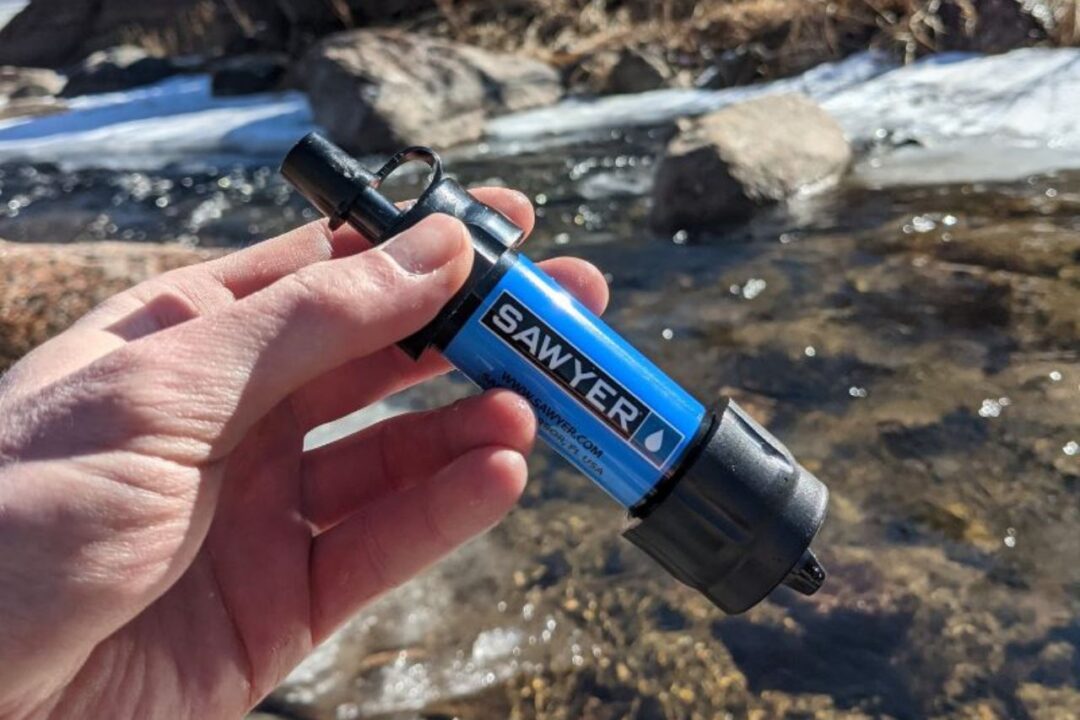
The market for outdoor water filters is vast, with several reputable brands offering high-quality products that cater to various needs. Familiarizing yourself with the top brands and their standout products can guide you in making a well-informed decision.
One of the most renowned brands in the outdoor water filtration industry is Sawyer. Known for their innovative and reliable products, Sawyer offers a range of filters, including the popular Sawyer Mini and Sawyer Squeeze. These compact, lightweight filters are highly effective against bacteria and protozoa and are favored by backpackers and hikers for their portability and ease of use. The Sawyer Squeeze, in particular, is celebrated for its versatility, allowing users to drink directly from the filter, attach it to a water bottle, or use it with a hydration pack.
Another leading brand is Katadyn, which offers a variety of filtration systems designed for different outdoor scenarios. The Katadyn Hiker Pro is a popular choice among outdoor enthusiasts, featuring a durable pump design and effective filtration against bacteria, protozoa, and sediment. Katadyn also offers gravity filters like the Katadyn BeFree, which combines convenience with high performance, making it ideal for group camping and extended trips.
LifeStraw is another brand that has gained a strong reputation for its innovative and user-friendly products. The LifeStraw Personal Water Filter is a simple yet effective straw filter that allows users to drink directly from natural water sources. Its lightweight design makes it perfect for emergency use and ultralight backpacking. The LifeStraw Go, a bottle filter, combines the same reliable filtration technology with the convenience of a water bottle, offering a practical solution for on-the-go hydration.
Comparing Portable vs. Installed Water Filter Systems
When choosing an outdoor water filter system, one of the key decisions you’ll need to make is whether to opt for a portable or installed system. Each type has its advantages and is suited to different types of outdoor activities and user preferences.
Portable water filters are designed for maximum mobility and ease of use. These include straw filters, bottle filters, and small pump filters, which are lightweight and compact. Portable filters are ideal for individual use, short trips, and scenarios where you need to move frequently. They allow you to filter water on-the-go, directly from natural sources, and are typically straightforward to operate. However, their smaller capacity and lower flow rates might be limiting for larger groups or extended stays.
Installed water filter systems, such as gravity filters and larger pump systems, are better suited for base camps, group camping, and extended expeditions. These systems are designed to filter larger volumes of water and can be set up to provide a continuous supply of clean water. Gravity filters, for example, can process multiple liters of water with minimal effort, making them ideal for communal use. Installed systems, while less portable, offer the convenience of steady water availability and are generally more robust in their filtration capabilities.
The choice between portable and installed systems ultimately depends on your specific needs and the nature of your outdoor activities. For solo hikers or those who prioritize lightweight gear, portable filters are an excellent choice. In contrast, for family camping trips, group adventures, or long-term stays in one location, installed systems provide the convenience and capacity to ensure everyone stays hydrated without constant manual intervention.
Maintenance and Care for Your Outdoor Water Filter
To ensure the longevity and effectiveness of your outdoor water filter, proper maintenance and care are essential. Regular upkeep not only extends the life of the filter but also guarantees that it continues to provide safe and clean drinking water throughout your adventures.
One of the most important aspects of maintenance is cleaning the filter regularly. Depending on the type of filter, this might involve backflushing, scrubbing, or rinsing the filter element. Backflushing, for instance, is common with hollow fiber membrane filters and involves reversing the flow of water through the filter to dislodge trapped particles. This process helps maintain the flow rate and prevents clogging, ensuring the filter remains effective. Always follow the manufacturer’s instructions for cleaning to avoid damaging the filter.
Storing the filter properly when not in use is also crucial. Ensure the filter is thoroughly dried before storage to prevent mold and bacterial growth. Some filters can be disassembled for better drying, while others might require air drying in a clean, dry environment. Store the filter in a protective case or container to prevent physical damage and contamination. Keeping the filter in optimal condition will ensure it’s ready for use whenever you need it.
Regularly inspecting the filter for wear and tear is another key aspect of maintenance. Check for any cracks, leaks, or signs of degradation in the filter element and housing. Replace any damaged components promptly to maintain the filter’s effectiveness. Additionally, be mindful of the filter’s lifespan and replace it according to the manufacturer’s recommendations, even if it appears to be in good condition. Proactive maintenance and care will ensure your outdoor water filter remains a reliable part of your gear.
Common Myths About Outdoor Water Filtration
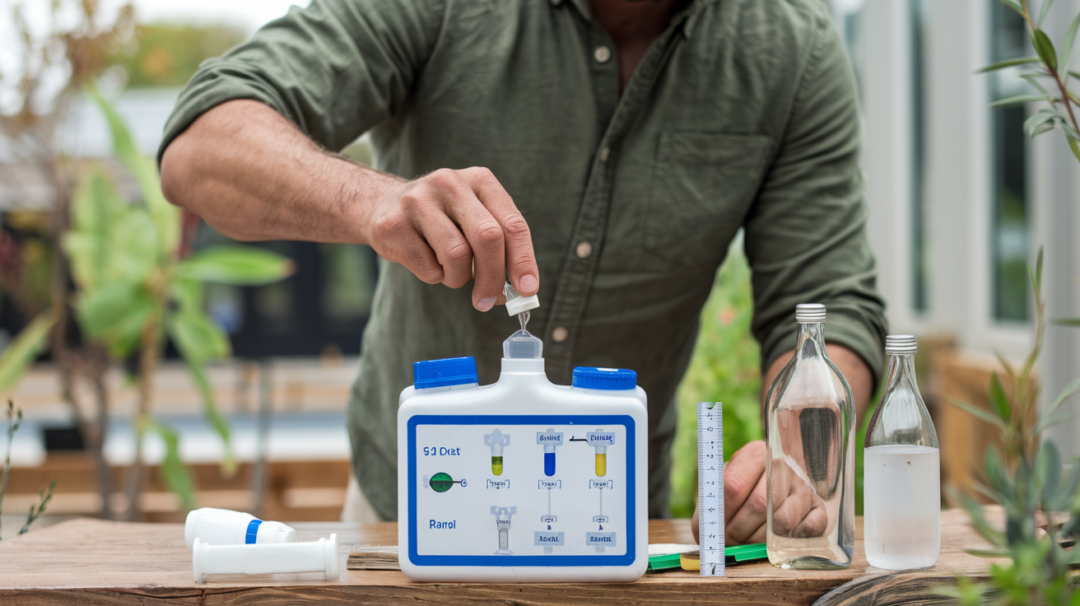
Outdoor water filtration is a critical aspect of safe adventuring, but several myths and misconceptions can cloud judgment and lead to improper use or selection of filters. Debunking these myths can help you make informed decisions and maximize the benefits of your water filtration system.
One common myth is that all natural water sources are safe to drink. While some remote and pristine locations may have cleaner water, most natural sources contain microorganisms and contaminants that can pose health risks. Even clear-looking water can harbor bacteria, protozoa, and chemical pollutants. Relying on a water filter is essential for ensuring safe drinking water, regardless of the apparent purity of the source.
Another misconception is that boiling water is always sufficient to make it safe. Boiling is effective at killing bacteria, viruses, and protozoa, but it does not remove chemical contaminants, heavy metals, or sediment. Additionally, boiling requires time, fuel, and equipment, which may not always be practical in the field. A comprehensive water filtration system provides a more convenient and thorough solution for purifying water from various contaminants.
Some people believe that water filters are too complicated or cumbersome to use. While older models might have been bulkier, modern water filters are designed with simplicity and user-friendliness in mind. Many portable filters are lightweight, easy to operate, and require minimal setup. Understanding the advancements in water filtration technology can dispel the notion that these systems are inconvenient and encourage their use for safe hydration.
Conclusion and Final Recommendations
Staying hydrated with clean and safe water is a fundamental aspect of enjoying outdoor activities. The right outdoor water filter system can transform natural water sources into reliable hydration, empowering you to explore with confidence. By understanding the importance of clean water, the types of filters available, and how they work, you can make informed decisions that enhance your outdoor experiences.
When selecting a water filter, consider the capacity, flow rate, and effectiveness against contaminants to find a system that meets your needs. Evaluate the portability and ease of use to ensure it fits your adventure style, whether you prefer solo hikes, group camping, or extended stays. Familiarize yourself with reputable brands like Sawyer, Katadyn, and LifeStraw, which offer high-quality products trusted by outdoor enthusiasts.
Regular maintenance and care are essential for the longevity and effectiveness of your water filter. Clean, store, and inspect your filter according to the manufacturer’s guidelines to ensure it remains in optimal condition. By debunking common myths and understanding the realities of water filtration, you can embrace the benefits of these systems and prioritize safe hydration on your adventures.
Equip yourself with the knowledge and tools to stay hydrated anywhere life takes you. An outdoor water filter system is an invaluable addition to your gear, providing peace of mind and the freedom to explore without compromising your health. Whether you’re navigating remote landscapes or enjoying a weekend camping trip, the right filter ensures you have access to clean, refreshing water, allowing you to focus on the beauty and excitement of the great outdoors.


